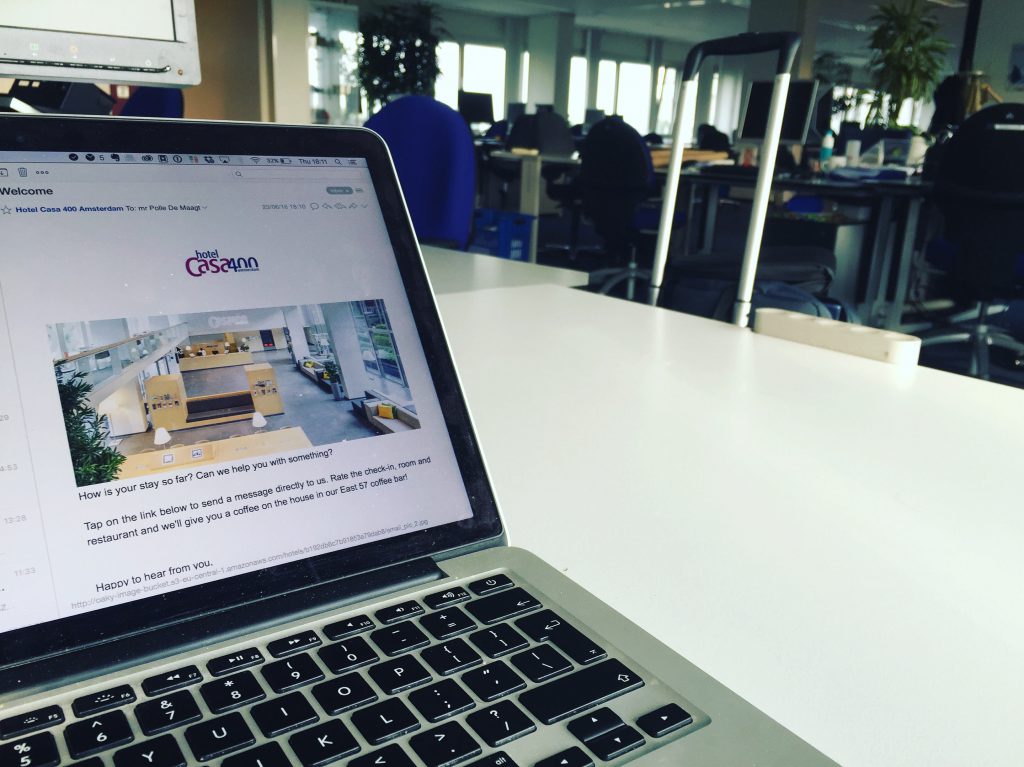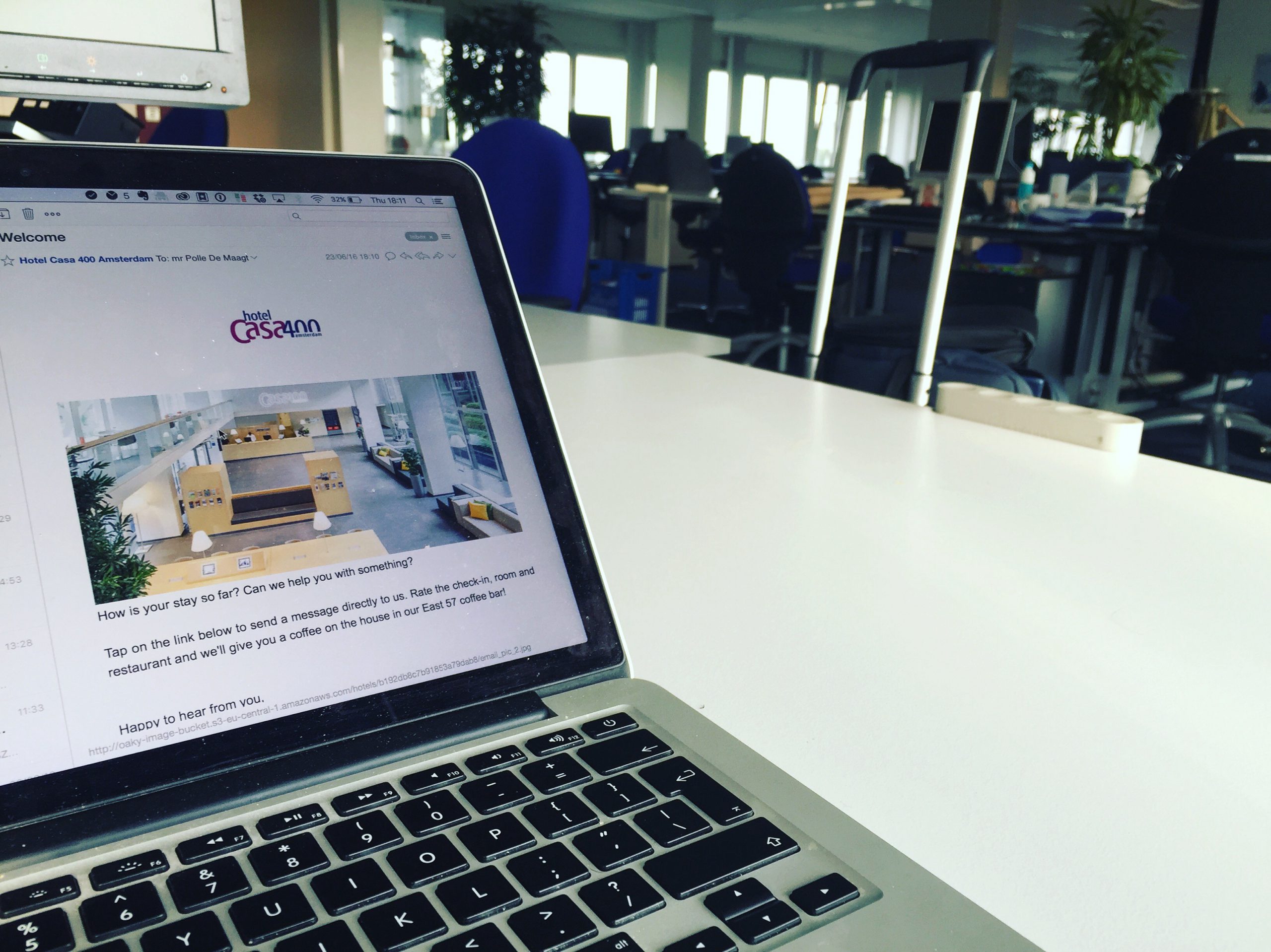Big data. Precision marketing. Digital becomes human. Personalised experiences. Artificial Intelligence. Bots. Digital Transformation. There has never been such a trust in data and it’s ability to make our lives easier. And it is an appealing promise: companies that truly help you, don’t bug you with stuff you don’t need and tailor to your personal needs. But it will get worse before it gets better, we need to cross the age of artificial stupidity first.
Let’s say you’re a large food retailer and you have the ambition to give personalised food advise to your customers. If a customer asks you “I want to eat something healthy” you want to suggest three possible dishes tailored to his/her needs. So if two customers ask the same question, they should get different answers, based on their needs and wishes.
To make that work really well, you need a range of variables, ranging from dietary requirements, things your customer had for dinner (you don’t want to suggest the same thing your customer had last week), activity, products you have in stock, etc etc.
So giving a personalised food advise is an awesome ambition, but it is easier said than done.
Probably the best way to get to the best recommendation is by starting out agile, and test what works and what does not. Starting out with collecting data, testing some personalised recommendations on test audiences, to see what works and what doesn’t.
So, by very definition, you will be (partially) wrong many times before you can give the best possible advice.
And that’s ok, it is the way it works and it’s probably the best way forward.
But on a large scale, this is just a consumer nightmare waiting to happen.
Some additional real life examples.

Last week I got an email from the hotel that I was staying at to ask how my stay had been so far and if there was anything they could do for me. Kind, personal, pro-active.
However, I had not checked in yet at that moment.
I appreciate the fact that they pro-actively check in on me and that they seemed genuinely concerned with my well-being (10/10 for concept, idea and trying).
But apparently, they had the wrong trigger for this message; rather than triggering the message the moment I checked in in the hotel (plus maybe a few hours), they probably used the earliest possible check-in time, an average check-in time or just a random time (2/10 for execution).
And as in many cases, 95% right is 100% wrong.
It is the YouTube recommendation to watch all Dora episodes after your daughter, by whatever trickery, got hold of your iPad. 95% right.
It is the banner retargeting of the dress you wanted to buy your wife as a surprise, the moment she uses your computer. 95% right.
It is the Booking.com email you get with your personalised tourist travel guide to Amsterdam when you’re actually Dutch and stay in Amsterdam hotels pretty much every single week (yes, that happens to me every week). 95% right.
It is the retailer that addresses me as “Misses De Maagt” via email. Well, ok not 95% right, 50% right.
The thing is, as a customer, there is no one single hotel you’re dealing with. No one single large food retailer. So as more and more companies are expressing their ambition to be personal, relevant and tailored to your needs, all of these companies will have to bridge the gap between reality and ambition. All of these companies have to be 95% right a few times to learn how they can be 100% right.
All of these companies have to move from artificial stupidity to artificial intelligence.
In other words: fellow consumers: brace yourself. It will get much worse before it gets better.






